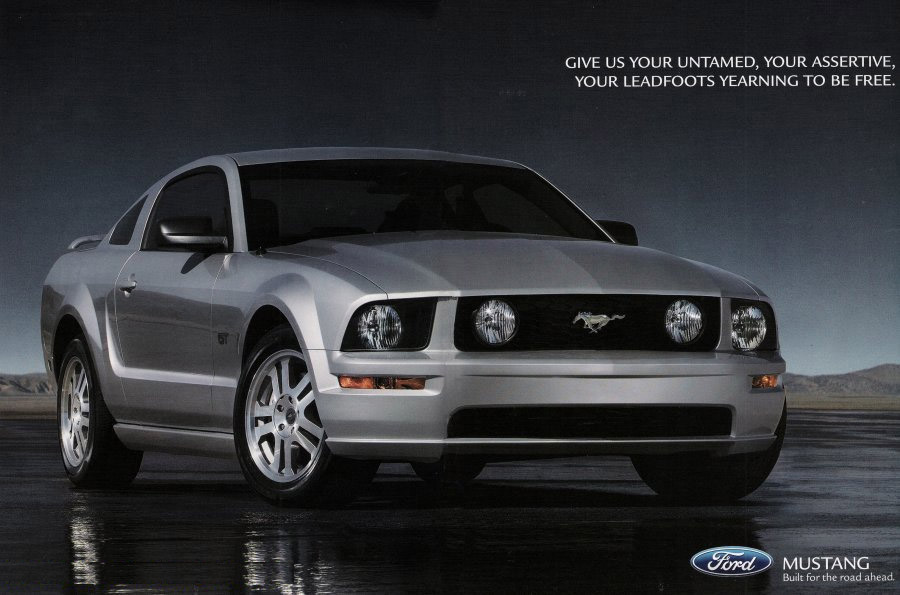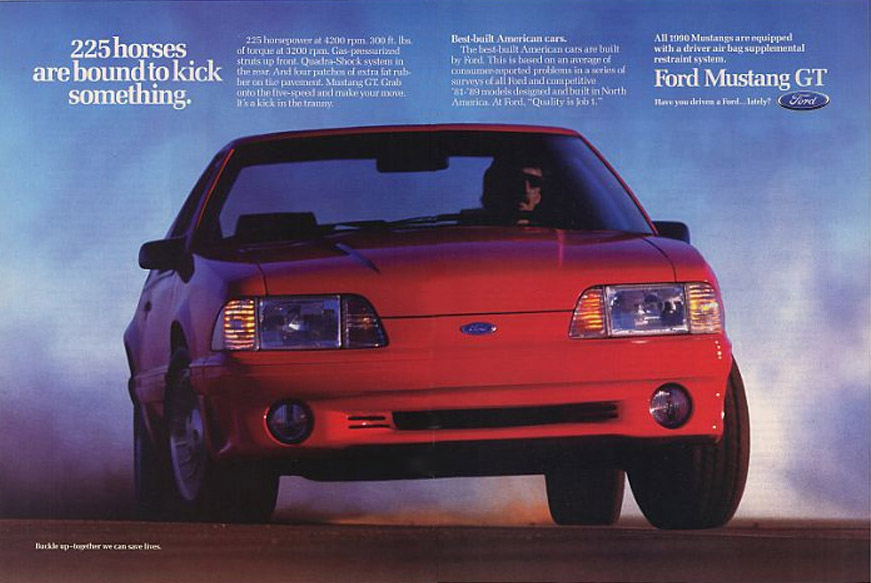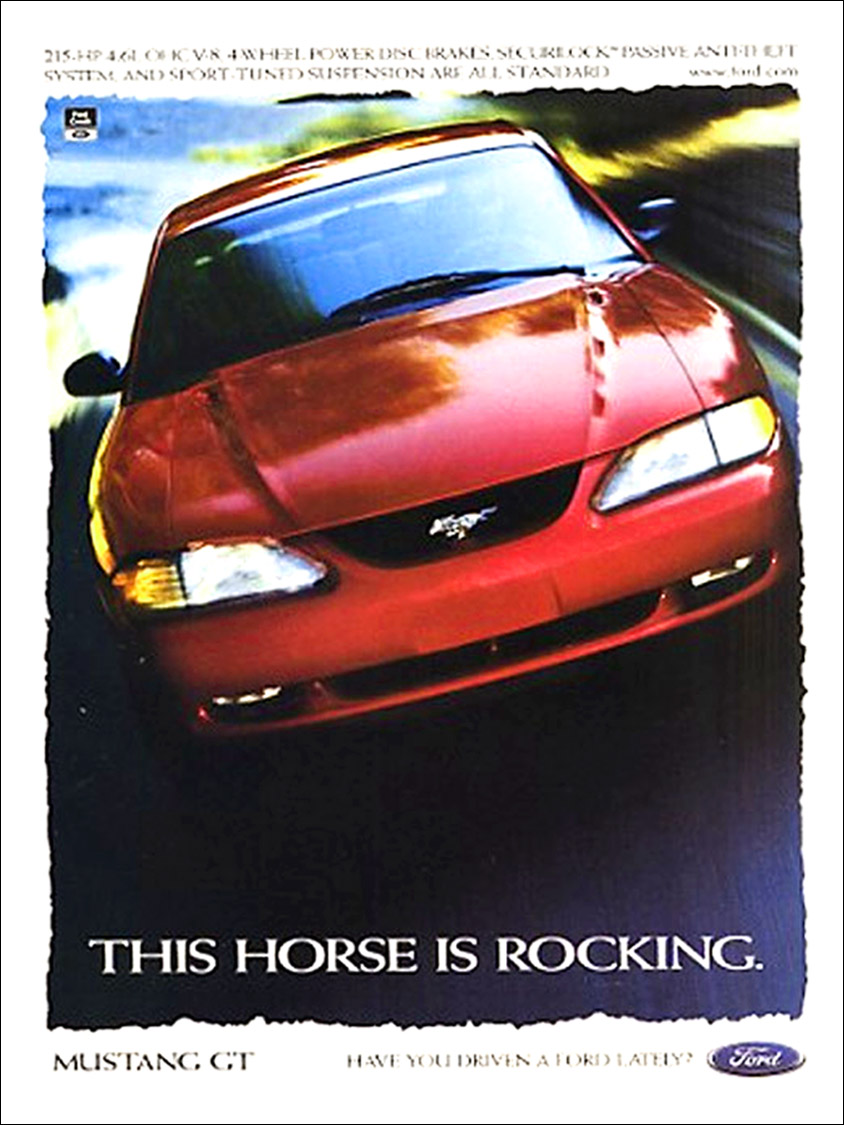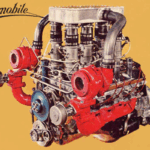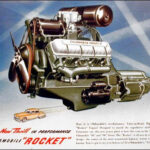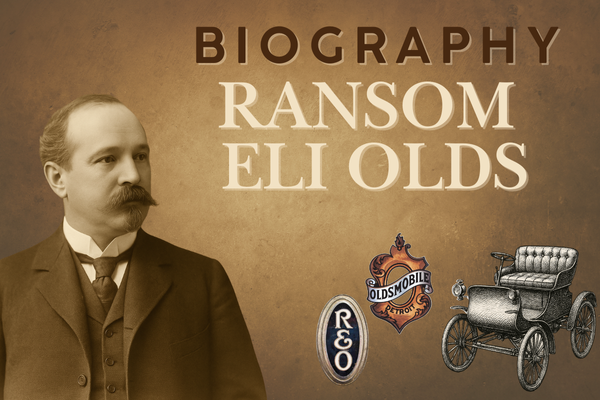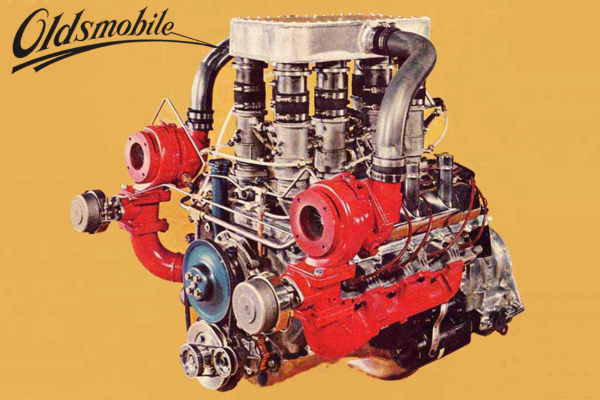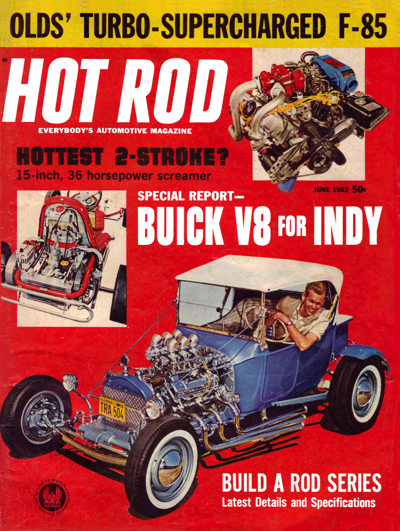The Ford Mustang: A Legendary Journey from 1964 to 2013
Where does the Ford Mustang fit in the automotive world? Is it a high-performance car, a sporty car, or just a sporty compact? Lee Iacocca, the man behind the Mustang, envisioned it as a niche car for the baby boomers, but there was never any doubt that it would have a performance heritage. From its early days, plans were in motion to fit it with the Shelby Cobra-based Hi-Performance 260 V8. By the time it hit production, the 289 version was ready, and by the summer of 1964, the “Hi-Po” version was already in production.
From that day forward, there would always be a performance version of the Mustang, except for a few dark years during the Mustang II era. Even then, the 302 V8 “Cobra” version was available. By the mid-80s, the GT was revived, and the rest is history. Today, you can buy a new Mustang with over 420 HP! So, is the Mustang a high-performance car? Absolutely!
General History
The Ford Mustang, an automobile manufactured by the Ford Motor Company, has been in continuous production since 1964. At its introduction, it was based on the second-generation North American Ford Falcon, a compact car. It was introduced on April 17, 1964, and though Ford dubbed it a “1964½” model, it was essentially a 1965 issue. The 1965 Mustang was Ford’s most successful launch since the Model A.
Birth of the Pony Car
The Mustang created the “pony car” class of American automobiles: sports car-like coupes with long hoods and short rear decks. This new class gave rise to competitors such as GM’s Chevrolet Camaro and Pontiac Firebird, AMC’s Javelin, and Chrysler’s Plymouth Barracuda and Dodge Challenger. The significance of this class is that it has survived to this day, with the Mustang, Camaro, and Challenger still in production.
The Mustang’s Evolution
The Mustang name was never retired, even as the car was downsized in 1974-1978 and placed on the Pinto chassis. The third-generation Mustang, based on the new “Fox” body, was a wise choice. It allowed for the fitment of larger brakes, axles, and the entire gamut of available Ford V8s. This version, available from 1979 through 1993, revived the “pony car” at Ford and, in fact, revived performance at Ford as well.
The Fox Body Era
The Fox body Mustang, produced from 1979 to 1993, became an icon in its own right. Its lightweight design and versatile platform allowed for numerous performance upgrades, making it a favorite among car enthusiasts and racers. This era saw the reintroduction of the Mustang GT and the rise of the 5.0-liter V8, which became synonymous with performance.
The SN-95: Refinement and Modernization
The next iteration, offered from 1994 through 2004, was truly a refinement of the Fox chassis car and became notable for the installation of Ford’s Modular V8. This period saw improvements in handling, comfort, and safety, further cementing the Mustang’s status as a performance icon.
The Retro Revolution
The biggest change occurred when the “retro look” Mustang was introduced in 2005. This model was based on the modern “D2C” platform, which had spawned the retro Thunderbird and other vehicles. With minor modifications, it is still in use today. Significant in this generation is the installation of newer iterations of the modular engines, including the 2011 “Coyote” 5.0 V8, a complete rehash of the architecture to such a degree as to be a whole new engine. Additionally, the V6 powerplant was all new as well. Topping the power hierarchy is the Shelby GT500 with 5.8 liters and 662 HP, with some versions producing up to 1000 HP.
The Coyote Engine
The introduction of the 5.0-liter Coyote V8 in 2011 was a game-changer. This engine brought modern performance and reliability to the Mustang, offering 412 horsepower in its initial iteration and continuing to evolve with each new model year. It quickly became a favorite among performance enthusiasts for its robust power and tuning potential.
Looking Forward: The 2015 Mustang
For 2015, Ford planned to introduce a totally new platform for the Mustang and a range of new powerplants, including EcoBoost 4-cylinder and 6-cylinder engines, in addition to the 5.0 V8. This new generation aimed to combine modern performance with advanced technology, appealing to a new generation of Mustang enthusiasts.
The EcoBoost Era
The inclusion of EcoBoost engines marked a significant shift for the Mustang. These turbocharged engines offered a blend of performance and fuel efficiency, making the Mustang more accessible to a wider audience while maintaining its performance credentials.
Mustang’s Performance Heritage
The Mustang’s performance heritage is a crucial part of its identity. From the early days of the Shelby GT350 to the modern GT500, the Mustang has always been about more than just looks. It’s about power, handling, and the thrill of the drive.
The Shelby Legacy
The partnership with Carroll Shelby in the 1960s brought about some of the most iconic performance Mustangs. The Shelby GT350 and GT500 set new standards for American muscle cars and continue to be celebrated today with modern iterations that pay homage to the originals.
Modern Performance
Today’s Mustang lineup offers a range of performance options, from the EcoBoost models to the GT and Shelby variants. With advancements in technology, the modern Mustang provides a driving experience that is both exhilarating and refined.
The Ford Mustang’s journey from 1964 to 2013 is a testament to its enduring appeal and adaptability. Whether it’s a high-performance car, a sporty car, or a sporty compact, the Mustang has proven to be all these things and more. Its rich history, continuous innovation, and unwavering performance heritage make it a true American icon. Here’s to the Mustang and many more years of driving excitement!
Ford Mustang Overview Image6
The 2005-2010 Mustang was “retro” all the way. The 2011-2013 has had a body freshening).
Ford Mustang Overview Image4
The 1997 version was a take off on the “Fox” platform, but refined – most important was the “Modular” OHC V8.


